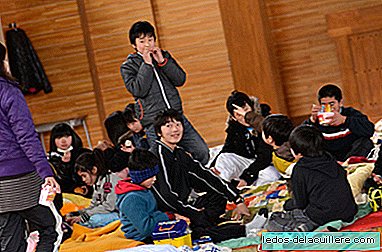
Good part of the 69 million children out of school worldwide live in countries affected by war and natural disasters. The achievement of Education for All requires that we ensure learning opportunities for these children and youth affected by emergency situations.
Increasingly, international organizations recognize that education must be a major part of the humanitarian response. The Education for All (EFA) initiative is a global commitment to provide quality basic education to all children, youth and adults. An example of actions in this regard is found in the Maldives archipelago, where the issue of disaster risk reduction has been introduced (DRR), in the study programs. And in the framework of education for sustainable development, teaching materials related to DRR have been developed. Teachers, parents and community leaders have participated in training courses.
The operation of the Maldives school system was interrupted for 18 months, following the tsunami that hit the Indian Ocean in 2004, a catastrophe that highlighted the need to prepare schools and communities to deal with disaster situations
This territory threatened by sea level rise, shoreline erosion, storms, cyclones and tsunamis, It is one of the lowest territories in the world. It is estimated that more than 120,000 children (30% of the population) would be at risk in the event of a natural disaster.
Both disasters and the risk of catastrophes are increasing. In the last decade, more than 250 million human beings have suffered its consequences. 95% of these disasters occur in developing countries. But With proper preparation, it is possible to mitigate the impact of these phenomena, through educational programs and prevention policies.
A new report prepared by UNESCO and UNICEF examines 30 countries that have incorporated elements of disaster risk reduction into their education systems and curricula. In the report National experiences in this area are described and the fundamental problems facing countries where DRR receives less priority or where there is no teacher training in this area are emphasized..
Communities affected by conflicts and disasters must give priority to the introduction of education to face the consequences of certain phenomena, prioritizing these lessons to cover certain material needs
In this situations education can save and maintain lives, offering physical, cognitive and psychosocial protection when delivered in safe and neutral places. It also restores the routine and gives people hope for the future, while serving as a channel to meet other basic humanitarian needs and communicate vital messages that promote safety and well-being.












